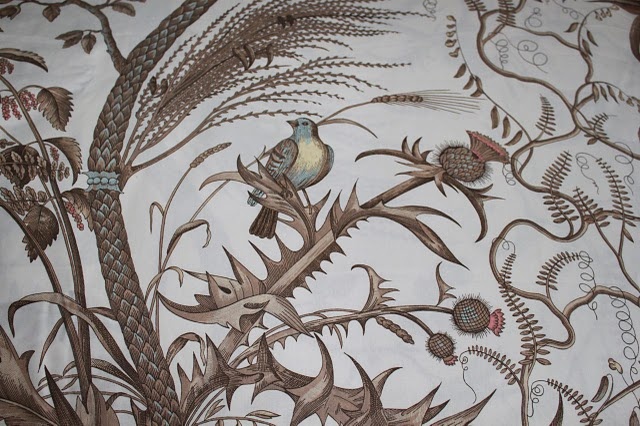

During the winter molt it sheds all its feathers in the spring, it sheds all but the wing and tail feathers, which are dark brown in the female and black in the male. It is the only cardueline finch to undergo molting twice a year. The American goldfinch undergoes a molt in the spring and autumn. The shape and size of the beak aid in the extraction of seeds from the seed heads of thistles, sunflowers, and other plants. Among standard measurements, the wing chord is 6.5 to 7.8 cm (2.6 to 3.1 in), the tail is 4.2 to 5.1 cm (1.7 to 2.0 in), the culmen is 0.9 to 1.1 cm (0.35 to 0.43 in) and the tarsus is 1.2 to 1.4 cm (0.47 to 0.55 in).} The beak is small, conical, and pink for most of the year, but turns bright orange with the spring molt in both sexes. This seems to be the most ancient extant species of the Meso-American Spinus/ Carduelis evolutive radiation, whose parental species is Lawrence's goldfinch ( Spinus lawrencei). In winter, the plumage of both sexes is browner than the other subspecies and in summer, the male's black cap is smaller than that of the other subspecies. salicamans) occurs west of the Sierra Nevada range during the summer and in the central and southern Baja California Peninsula to the Mojave Desert and the Colorado Desert in the winter. It occurs on the coastal slope of the Cascade Mountains from southern British Columbia to central California, overlapping with the range of S. jewetti) is smaller and darker than the other subspecies. In winter, the range extends from southern Canada and northern California, south to Mexico. The summer range is from British Columbia to western Ontario, south to Colorado and west to Oregon. pallidus) is differentiated from other subspecies by its paler body color, stronger white markings and, in males, a larger black cap. Its winter range is from southern Canada south to Florida and central Mexico. Its summer range is from southern Canada to Colorado, and east to the Carolinas. tristis) is the most common of the subspecies. There are four recognized subspecies of the American goldfinch: Carduelis is derived from carduus, the Latin word for ' thistle' the species name tristis is Latin for 'sorrowful'. Although it shares a name with the European goldfinch, the two are in separate genera and are not closely related. Its closest relatives are the lesser goldfinch ( S. Recent studies have resurrected the genus Spinus. In 1976, Spinus was merged into the genus Carduelis as a subgenus. It was later placed in the genus Spinus, a group containing New World goldfinches and siskins. The American goldfinch was one of the many species originally described by Carl Linnaeus in the landmark 1758 10th edition of his work, Systema Naturae, where he classified it in the genus Fringilla. Deforestation also creates open meadow areas, which are its preferred habitat. It is often found in residential areas, attracted to bird feeders which increase its survival rate in these areas. Human activity has generally benefited the American goldfinch. This species is generally monogamous and produces one brood each year. Its breeding season is tied to the peak of food supply, beginning in late July, which is relatively late in the year for a finch. It may behave territorially during nest construction, but this aggression is short-lived. It is a social bird and will gather in large flocks while feeding and migrating.

The American goldfinch is a granivore and adapted for the consumption of seedheads, with a conical beak to remove the seeds and agile feet to grip the stems of seedheads while feeding. The male displays brightly colored plumage during the breeding season to attract a mate. The only finch in its subfamily to undergo a complete molt, the American goldfinch displays sexual dichromatism: the male is a vibrant yellow in the summer and an olive color during the winter, while the female is a dull yellow-brown shade which brightens only slightly during the summer. It is migratory, ranging from mid- Alberta to North Carolina during the breeding season, and from just south of the Canada–United States border to Mexico during the winter. The American goldfinch ( Spinus tristis) is a small North American bird in the finch family. Astragalinus tristis (Linnaeus, 1758).


 0 kommentar(er)
0 kommentar(er)
